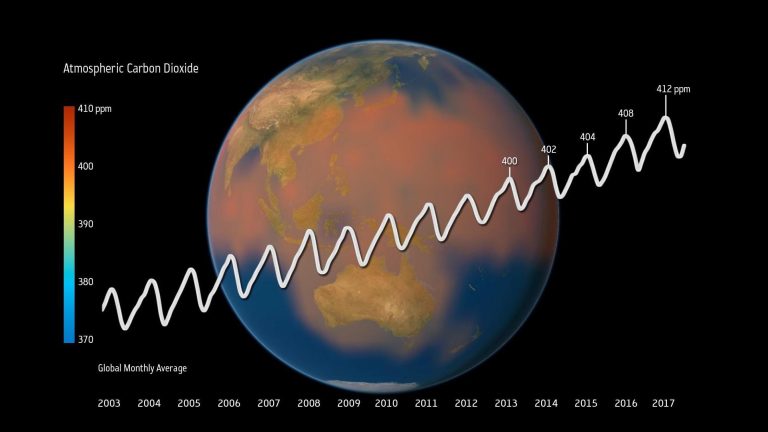INVESTIGATING GREENHOUSE GASES – Mini Case Study for Climate Detectives
The Mini Case Studies for Climate Detectives are intended to help teachers identify the topic that their Climate Detectives team will investigate and to guide them during the different phases of the project. In the template, teachers will find suggestions of different types of data that students could collect and analyse. The suggestions are not exhaustive, and the teachers may decide on their own specific focus within a given research area. The mini case study should be used in conjunction with the teacher guide and not as a stand-alone document.
This case study is dedicated to the topic of Climate change and Greenhouse gases and students will investigate how greenhouse gas emissions and concentrations in the atmosphere evolved in their country in the last decades. This mini case study is an ESA Education production in collaboration with ESERO Belgium.
Subject Technology, Science
- Be able to work scientifically by collecting data, making careful observations, looking for patterns and relationships
- Understand the relation between greenhouse gases and climate change
- Identify the main greenhouse gases
- Understand how Earth observation satellites can be used to monitor greenhouse gases
Did you know?
The Greenhouse gases are a natural part of the Earth’s atmosphere that allow us to hold on to some of the Sun’s energy in the form of heat. Without the greenhouse effect, the mean temperature of the Earth’s surface would be around -18°C, making our planet too cold to support life as we know it. Since the industrial revolution, human activities such as burning fossil fuels have increased the levels of greenhouse gases in the atmosphere to unprecedented levels. The Kyoto Protocol named the six greenhouse gases most increased by human activities. The top three are carbon dioxide, methane and nitrous oxide.

The Carbon Cycle
Brief description In this set of three activities, students will learn about the carbon cycle and use it to identify...
Is ozone good or bad? -The discovery of the Antarctic ozone hole
Brief description In this set of three activities, students will learn about ozone and the impacts – good and bad...


